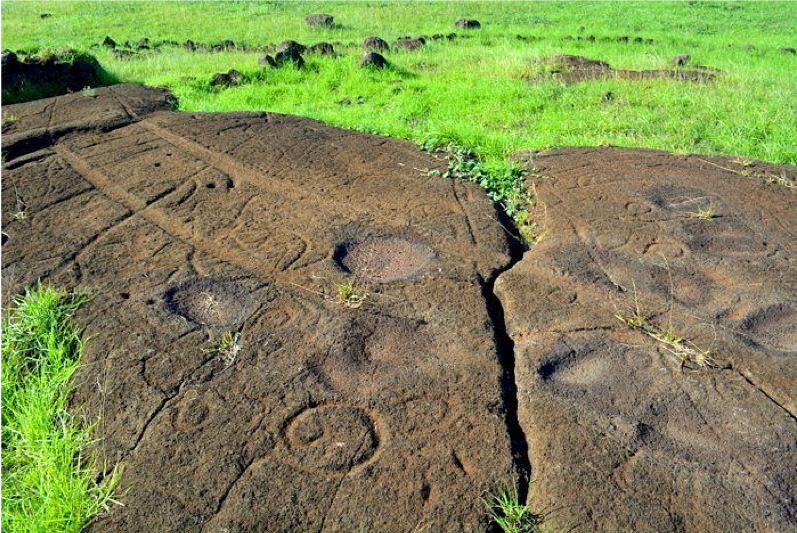Back to all modules
Oceania’s Pathways: Voyaging and Vernacular Architecture

This two-lecture module connects Oceanic voyaging with vernacular architecture of the Pacific. The first lecture, ‘Mapping the Pacific,’ centers indigenous knowledge systems about pathways for human migration and trade through seafaring. It discusses indigenous seafaring in the Pacific as a social practice and system that encouraged long-distance, two-way crossings. The waterway not only facilitated material exchange (i.e. canoes, stone tools, etc.) but reflected Oceanic epistemologies about space and place that involved the boundless connection between the land and the sea, as well as the underworld and sky. When viewed in this way, Euro-American colonial cartographies that have defined Pacific island communities since the eighteenth century are challenged in favor of interconnected Oceanic narratives about the sea as home (the sea as a collection of communities). Contemporaneous efforts to recover/uncover ancient navigational and genealogical knowledge(s) related to voyaging (i.e. the Hōkūle‘a) suggests its importance as a living memory tied to Pacific islander identity. The diversity of cultural environments produced by voyaging will be expanded in a second lecture that conside...
Loading Accordion Items...


